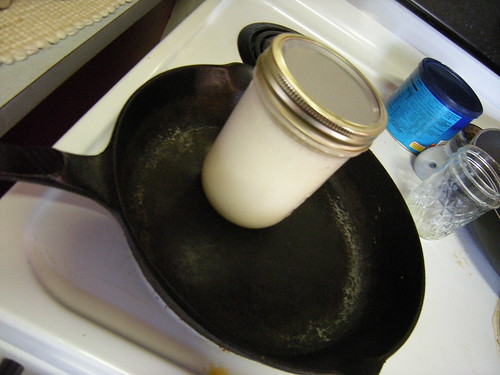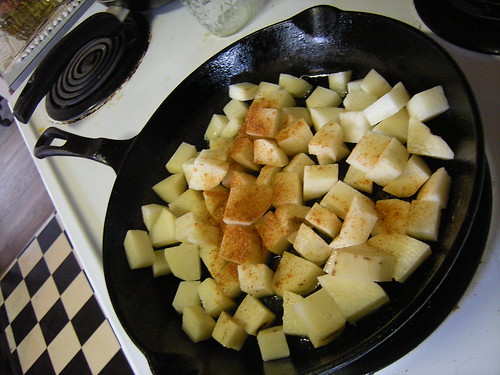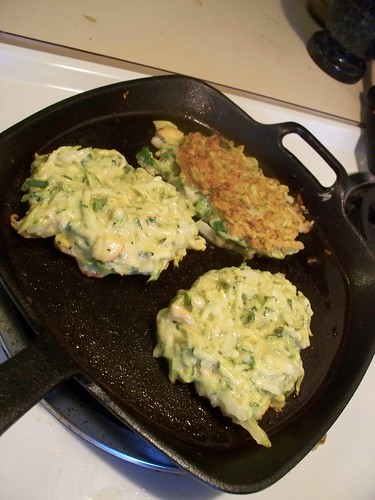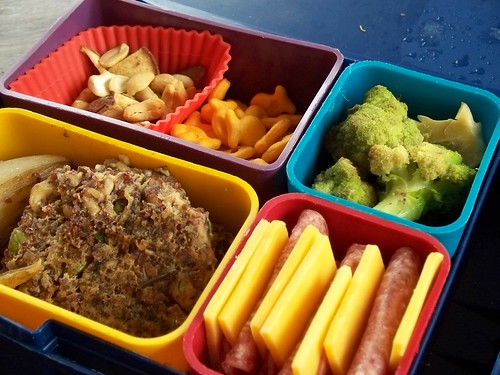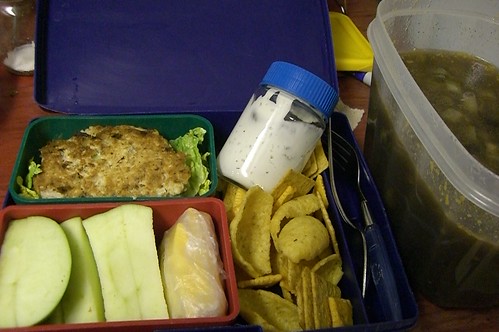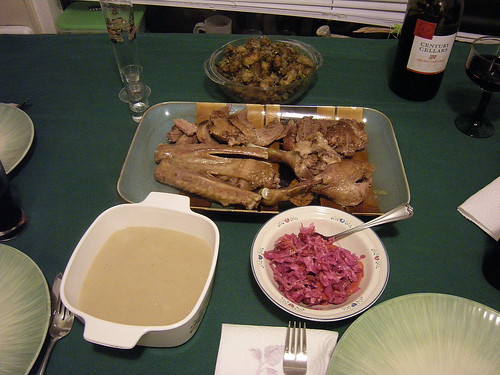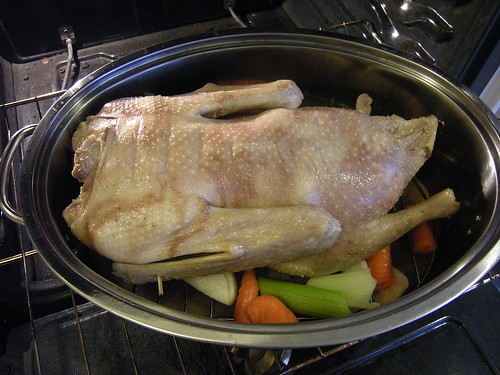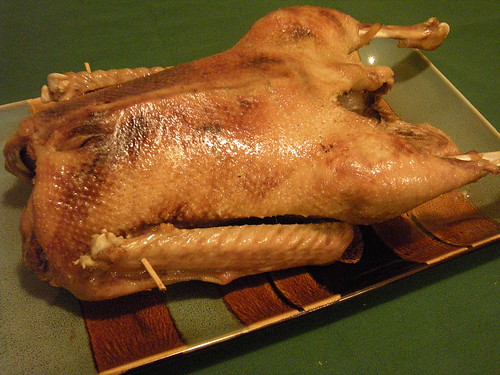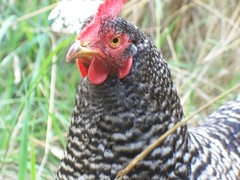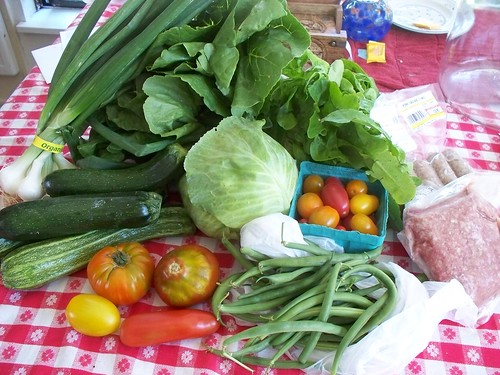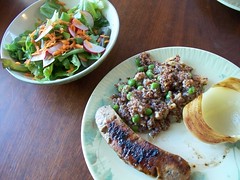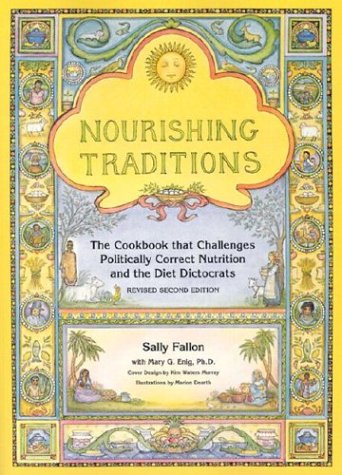I've decided to get serious about this goal and start recording my findings. This blog seems like a perfect place to do that first, because it is convenient for me, and also because thai food usually falls within the realm of real food. Thai food is chok full of vegetables, small amounts of meat and seafood, healthy spices and herbs and good fats like coconut milk and peanuts. Fish sauce, a wonderfully nutritious condiment, is almost ubiquitious in Thai cooking. It is also relatively easy to get gluten free meals at thai restaurants becaue of the use of rice and rice noodles (though I would certainly talk to a waiter about possible cross contamination if that is an issue for you). Thai restaurants in America certainly use polyunsaturated vegetable oil for their stir frying and deep frying but if you are good about using healthy fats at home you can probably budget for the occasional Thai meal. If you cook Thai food at home you can make it super healthy with coconut oil, grassfed meat and wild seafood.
Without further ado, I give you Mission: Yellow Curry PDX, Entry 001. Kesone Thai Lao Bistro.
Kesone Thai Lao Bistro
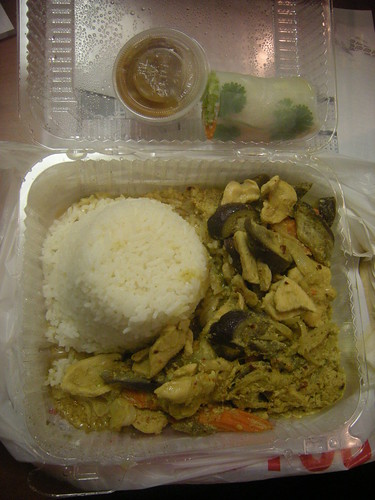
2600 NE Sandy
http://www.kesone.com/menu.htm
What I ordered:
Lunch special yellow curry with eggplant instead of potatoes, medium spicy, with chicken. Also an order of fresh summer rolls.
Overall Curry Rating: 2
Service: 5
The restaurant is very nicely decorated with a pleasant waitstaff. It only took a couple minutes for my order to come. Looks like they have a full bar set up, in case you want Makers Mark with your stir fried eggplant some evening. Presentation/Packaging: 1
I actually would give this a 3 on presentation but a 1 on packaging. They piled the rice neatly, a nice touch, but it was surrounded by curdled, brown yellow colored vegetables. They also packed the lunch special in one of those clear plastic, hinged, to go containers which, as usual, broke and I ended up with half of my curry inside the plastic bag. Hot, liquid things should not go in those plastic containers! They just don't hold up!!
Portion Size and Price: 4
I paid 6.50 for the curry and 3.50 for the rolls. The curry was a perfectly decent size portion so I'm happy.
Flavor complexity: 1
It smells alright, but it just doesn't have much taste at all. Kinda turmericky. Yeah. Just say no.
Overall flavor: 2
I mean, I ate it all. It's still curry. But as noted before, it was curdled a bit, and had no complexity of flavor at all. The eggplant was well cooked (this can be a problem sometimes) but the chicken was almost overcooked. And the rice wasn't even that good - like they used "long grain rice" instead of jasmine or basmati.
Anything else I ordered: 3
The summer rolls were quite nice - hard to mess those up though. I've had more complex peanut sauces before, but it wasn't unpleasant in anyway.
Last thoughts:
I might give these guys another try - if nothing else was open anywhere else in town. I guess I would like to see how they handle stir fry and noodle dishes, but this curry does not bode well for them.
